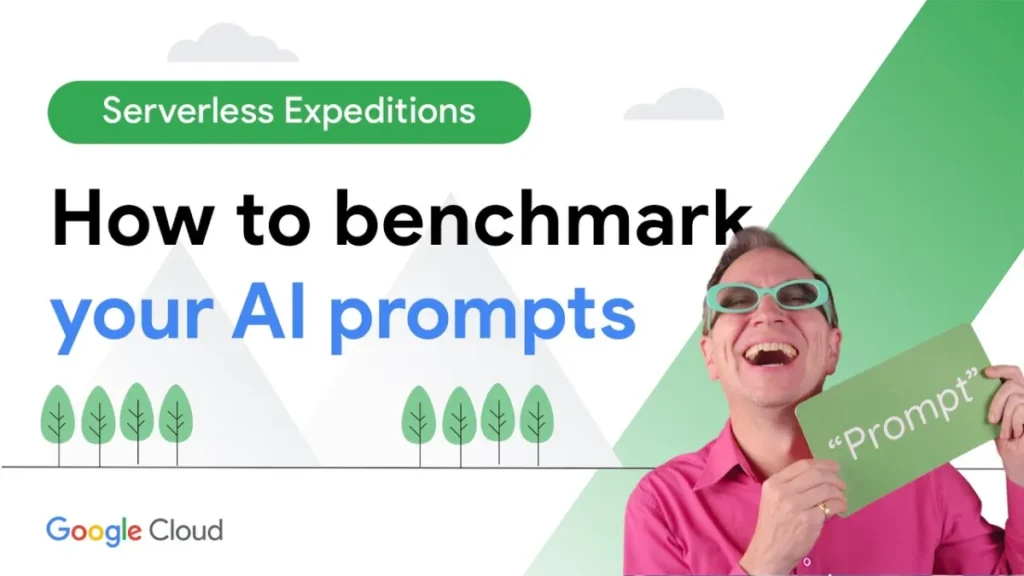OpenAI has just released not one but three powerful new models designed specifically for the next generation of AI agents. Among these, the spotlight is on GPT-4.1 Mini and Nano, which are poised to transform how developers, especially no-code builders, approach AI development.
In this breakdown, we’ll cover:
- Why these models are ideal for AI agents
- How they compare with others like GPT-4.0 and Claude 3.7 Sonnet
- Real-world examples using tools like Nanonets, 11 Labs, and MCP servers
- Which model to choose depending on your use case
Why GPT-4.1 Models Matter for No-Code AI Agents
When building complex AI agents—especially no-code setups—there are three crucial factors to consider:
- Instruction following
- Latency
- Cost
GPT-4.1 excels in all three.
🔍 Instruction Following: The Key to Smart AI Agents
Instruction following means the model can autonomously decide which tools to use based on the user’s input. This is vital when you’re building agents that operate multiple sub-agents or tools.
Example:
An advanced “Commander Agent” built with Nanonets uses Telegram voice input to manage calendar events, personal expenses, and company data—all routed through sub-agents. Initially powered by GPT-4.0, it’s now being upgraded to GPT-4.1 Mini for:
- Better decision-making
- Lower cost
- Improved instruction-following accuracy
This type of system relies heavily on a model’s ability to understand and act independently—something GPT-4.1 handles impressively well.
💸 Cost Comparison – GPT-4.1 Mini Wins
When it comes to scaling AI agents, cost efficiency is everything.
Here’s a quick token price comparison from OpenRouter:
| Model | Input Cost | Output Cost |
|---|---|---|
| GPT-4.1 Mini | $0.004 / 1K tokens | $0.016 / 1K tokens |
| Claude 3.7 Sonnet | $0.003 / 1K tokens | $0.015 / 1K tokens |
| GPT-4.0 | Much higher | Much higher |
While Claude 3.7 is a great model, GPT-4.1 Mini offers a much better balance of price and performance, especially when deployed at scale.
⚡ Latency – Why GPT-4.1 Is Perfect for Voice AI
Latency measures how fast a model responds. In real-time applications like voice AI agents, low latency is critical for natural, human-like interactions.
Example:
A voice AI agent built using 11 Labs and a custom frontend initially used Claude or Gemini 1.5 Flash. But these models either lagged or didn’t handle tool usage well. The solution?
GPT-4.1 Mini:
- Reduces latency by 50%
- Cuts cost by up to 83%
- Maintains strong performance with tool routing and instruction-following
If you’re building anything involving real-time conversation—voice agents, chatbots, call center AI—this is the model to go with.
🧠 Bonus: GPT-4.1 + MCP Agents = Power Combo
Another exciting use case is integrating GPT-4.1 Mini with MCP (Model Context Protocol) agents. These setups, connected to tools like Pinecone and other databases, require the AI to:
- Select the right tools
- Act without long prompts
- Operate efficiently
Once again, GPT-4.1 Mini nails it—intelligent, fast, and budget-friendly.
✅ Which Model Should You Use?
| Use Case | Recommended Model |
|---|---|
| Voice AI / Conversational agents | GPT-4.1 Mini or Nano |
| Complex tool-based agents | GPT-4.1 Mini |
| Cost-sensitive projects | GPT-4.1 Nano |
| General-purpose instruction-following | GPT-4.1 Mini |
| Lightweight tasks / micro-agents | GPT-4.1 Nano |
Final Thoughts
Whether you’re a no-code developer or a seasoned AI engineer, GPT-4.1 Mini and Nano unlock new possibilities for scalable, responsive, and intelligent AI systems. They bring the ideal mix of performance, affordability, and adaptability, making them the go-to choice for your next AI project.

Ayush Kumar Jaiswal is a writer and contributor for MakingIndiaAIFirst.com, a platform dedicated to covering the latest developments, trends, and innovations in artificial intelligence (AI) with a specific focus on India’s role in the global AI landscape. His work primarily revolves around delivering insightful and up-to-date news, analysis, and commentary on AI advancements, policies, and their implications for India’s technological future.
As a tech enthusiast and AI advocate, Ayush is passionate about exploring how AI can transform industries, governance, and everyday life. His writing aims to bridge the gap between complex AI concepts and a broader audience, making AI accessible and understandable to readers from diverse backgrounds.
Through his contributions to MakingIndiaAIFirst.com, Ayush strives to highlight India’s progress in AI research, startups, and policy frameworks, positioning the country as a leader in the global AI race. His work reflects a commitment to fostering awareness and dialogue around AI’s potential to drive economic growth, innovation, and societal impact in India.
For more of his work and insights on AI, visit MakingIndiaAIFirst.com.




